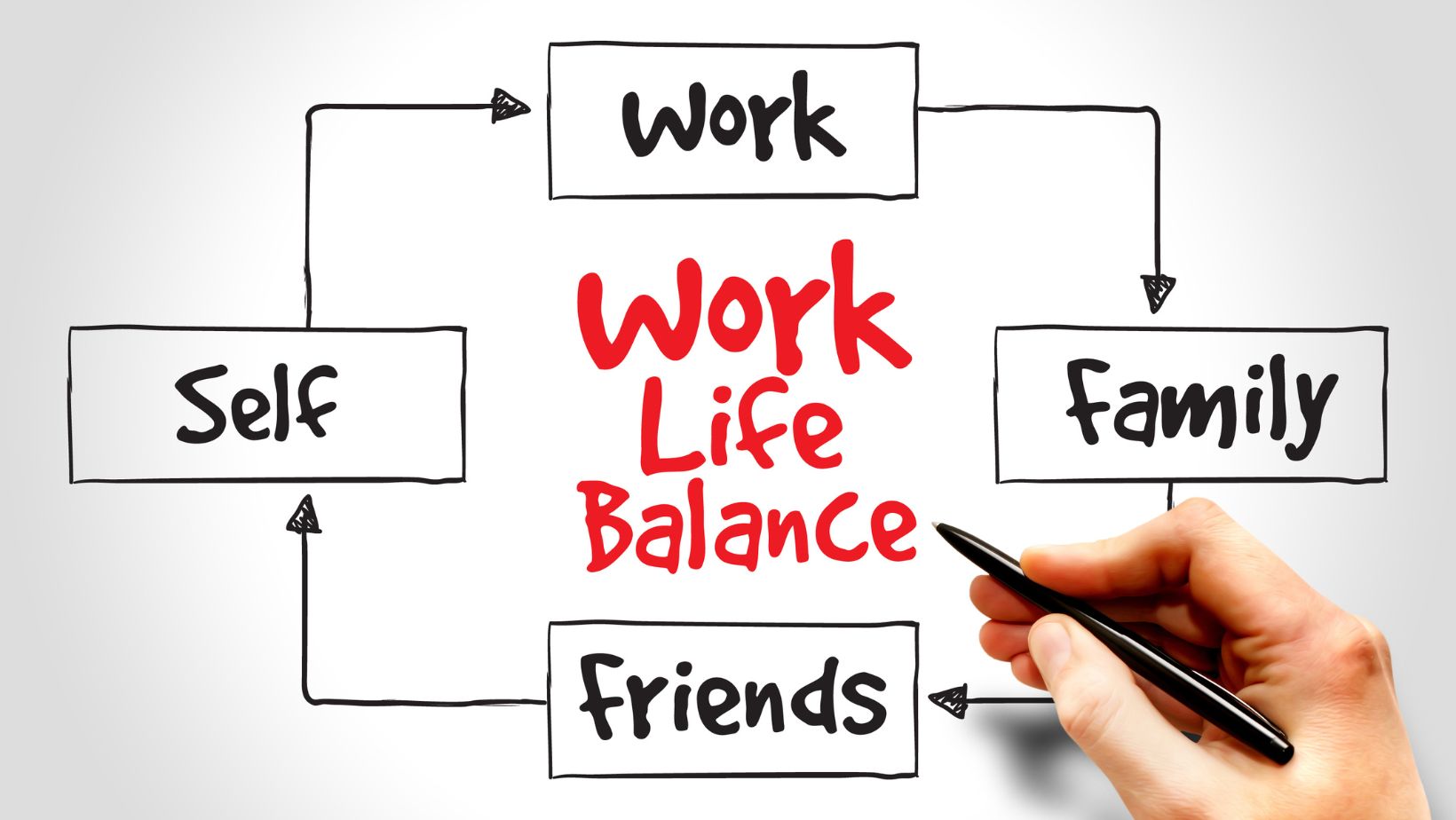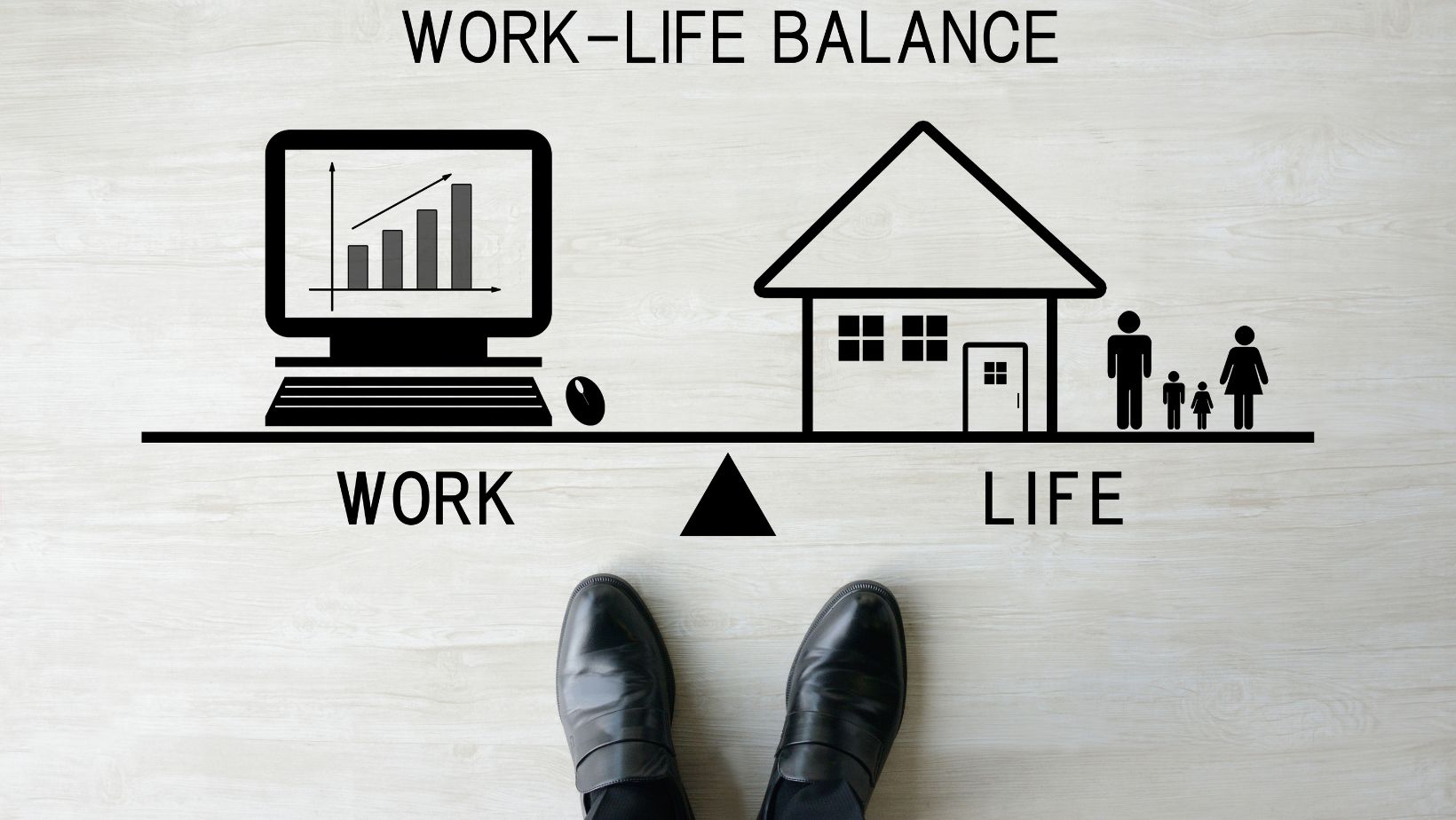In today’s fast-paced world, the debate between work-life integration and work-life balance continues to spark discussions among professionals. Finding the right harmony between personal life and career responsibilities is crucial for overall well-being. While work-life balance focuses on maintaining a clear boundary between work and personal time, work-life integration emphasizes blending work and life seamlessly.
Individuals striving for work-life balance often seek to allocate specific hours for work and prioritize personal time for relaxation and family. On the other hand, work-life integration encourages incorporating personal activities into the workday and vice versa, allowing for a more flexible approach to managing responsibilities.
Work Life Integration Vs Balance
The Concept of Integration
Work-life integration emphasizes the seamless blending of work and personal life, promoting a more flexible approach to managing responsibilities. In this model, individuals have the freedom to incorporate personal activities into their workday and work-related tasks into their personal time. This integration creates a more holistic lifestyle where work and personal commitments are intertwined, allowing for greater adaptability and fluidity in daily routines.
Benefits of Work-Life Integration

Embracing work-life integration can lead to increased productivity and job satisfaction. By intertwining work and personal life in a harmonious way, individuals can better manage their time and energy, resulting in reduced stress levels and improved overall well-being. This approach allows for a more seamless transition between work and personal activities, fostering a sense of fulfillment and balance in both realms.
Challenges to Achieving Integration
Despite its benefits, work-life integration can present challenges in setting clear boundaries between work and personal life. Without distinct separation, individuals may find it challenging to disconnect from work mentally and emotionally, leading to potential burnout and reduced effectiveness in both spheres.
Work-Life Balance Explained
Defining Balance in Life and Work
Balancing life and work involves effectively managing time and energy between personal and professional responsibilities. It’s about creating a sustainable equilibrium that allows individuals to meet both their career demands and personal needs without feeling overwhelmed or sacrificing either aspect. Achieving work-life balance requires setting priorities, establishing boundaries, and allocating time efficiently to various activities. By maintaining this balance, individuals can experience reduced stress levels and greater overall satisfaction in their lives.
The Benefits of Striving for Balance

Striving for work-life balance offers numerous advantages that can improve an individual’s well-being and productivity. When individuals prioritize balance, they are more likely to feel motivated, focused, and energized in both their personal and professional endeavors. This equilibrium enables individuals to enhance their performance at work, foster healthier relationships, and engage in activities that promote mental and physical wellness. Ultimately, a harmonious balance between work and personal life leads to increased job satisfaction, improved mental health, and a higher quality of life.
Potential Drawbacks of Work-Life Balance
While work-life balance is essential for overall well-being, it can also present challenges that individuals need to navigate effectively. Striving for balance may sometimes lead to feelings of guilt or inadequacy when one aspect of life demands more attention than the other. Additionally, achieving work-life balance requires constant adjustment and fine-tuning to ensure that changing priorities and responsibilities are adequately addressed. It’s crucial for individuals to be flexible, adaptable, and willing to reassess their approach to balance as circumstances evolve to prevent burnout and maintain a sustainable lifestyle.
Comparing Work-Life Integration and Balance
Key Differences Between Integration and Balance
Work-life integration and work-life balance are often compared concepts in the realm of personal and professional well-being.
Work-life integration emphasizes the blending of personal and work life seamlessly. In this approach, individuals intertwine their personal and professional responsibilities without strict boundaries. For example, someone practicing work-life integration might check work emails while at a family gathering or attend a child’s school event during traditional work hours.
On the other hand, work-life balance focuses on delineating clear boundaries between personal and professional life. Individuals following a work-life balance approach prioritize setting aside specific times for work and personal activities separately. For instance, they may refrain from work-related tasks during weekends or evenings to ensure dedicated personal time.
